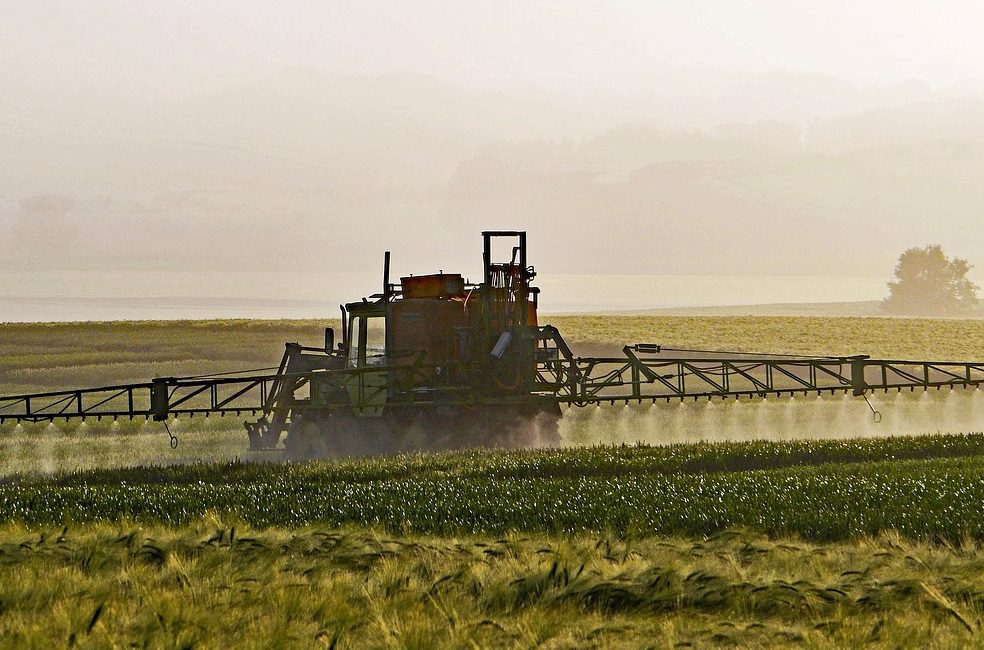Read about the five steps that are needed to have a successful Integrated Pest Management (IPM) program, according to UF/IFAS.
A UF/IFAS blog maintains an Integrated Pest Management (IPM) program is “a combination of all practices and methods needed to control pest problems.” The “objective is to reduce pest management expenses, conserve energy, and reduce the risk of pesticide exposure to people, animals, and the environment while effectively controlling the pest problem.” The blog advises an IPM requires five steps to be successful. See them below.
Five Steps of an Integrated Pest Management
- “Identifying the key pest – The key pest is the pest that causes damage to your plants regularly. Proper identification is essential for proper control. For example: both insects and mites are arthropods, but mites are not insects. To control a mite, you will need to use a miticide or a broad-spectrum pesticide that controls both mites and insects. If you identify a mite as an insect and use an insecticide, proper control will not be achieved.”
- “Monitoring and scouting pests – Once the pest has been identified you will need to monitor it to determine if control is needed. For example: if the pest is in low populations and does not represent an actual threat to the plants control may not be needed. On the other hand, if the population is high and you are observing damage in your plants control may be needed. Farmer and landscape professionals should tolerate minor damages from pests, but when damage exceeds the economic threshold control will be needed.”
- “Follow control-action guidelines — These guidelines will help you decide how to avoid possible losses from pest damage. Answer the following question: how many pests and how much damage are acceptable or tolerated? Using these guidelines you can define your aesthetic injury level, treatment thresholds, and the timing of application.”
- “Prevent pest problems – It is always better to prevent pest problems rather than mitigate pest problems. Prevention will help reduce the use of pesticides which help the environment. To prevent pest problems, you can use pest-resistance cultivars, rotate the mode of action of the pesticides you use to avoid pesticide resistance, and any other method available that prevents the pest from reaching your farm or landscape such as barriers, traps, or preventive fungicides.”
- “Integrate different IPM practices —There are multiple methods available that can help you control pest problems;” see these in a subsequent blog!
Griffin Fertilizer is committed to helping both growers and ranchers make sound agronomic and economic decisions in order to maximize the health of their grove and pasture. As a full-service custom dry & liquid fertilizer blender and crop protection product distributor, we will continue our mission to further advance Florida agriculture. For questions -or concerns about your farm or pasture, contact us and one of our team will be in touch.

